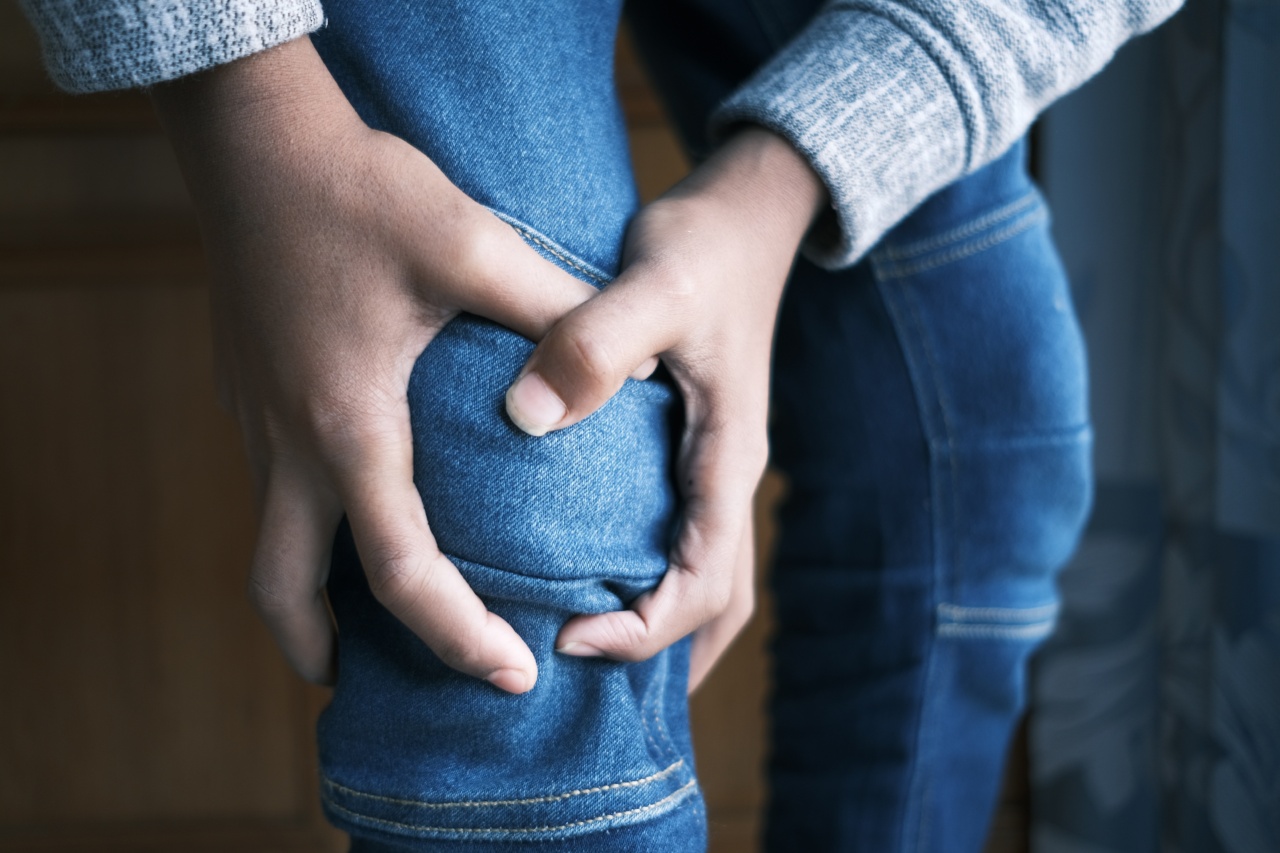Knee osteoarthritis is a common condition that affects millions of people worldwide, causing pain, stiffness, and inflammation in the knee joint.
While there is no cure for knee osteoarthritis, there are several strategies that can help alleviate symptoms and improve overall quality of life. In this article, we will discuss some effective strategies for reducing knee osteoarthritis pain.
1. Exercise Regularly
One of the most effective ways to reduce knee osteoarthritis pain is through regular exercise. Exercise helps keep the muscles around the knee joint strong, which can help prevent further damage and reduce pain.
Low-impact exercises such as walking, cycling, and swimming are recommended for people with knee osteoarthritis.
2. Lose Weight
Excess weight can put extra stress on the knee joint, worsening osteoarthritis pain. Losing weight can help reduce the amount of pressure on the knee joint, which can help alleviate pain and improve overall joint health.
A healthy diet and regular exercise can help with weight loss.
3. Use Hot/Cold Therapy
Applying heat or cold to the affected knee joint can help reduce pain and inflammation. Heat therapy can help relax the muscles and improve blood flow to the joint, while cold therapy can help numbing the area and reduce swelling.
4. Practice Good Posture
Proper posture can help alleviate knee osteoarthritis pain. Poor posture can put extra stress on the knee joint, worsening pain and inflammation.
Maintaining good posture while sitting, standing, and walking can help reduce pressure on the joint and improve overall joint health.
5. Use Assistive Devices
Using assistive devices such as knee braces, crutches, or canes can help reduce pain and improve mobility in people with knee osteoarthritis. These devices can help take pressure off the joint and provide support, reducing pain and increasing mobility.
6. Get Enough Sleep
Adequate sleep is crucial for overall health and well-being, including joint health. Lack of sleep can worsen knee osteoarthritis pain, as it can increase inflammation and stress on the joint.
Aim for at least 7-8 hours of sleep per night to help reduce pain and improve overall health.
7. Manage Stress
Stress is known to exacerbate pain, including knee osteoarthritis pain. Find ways to manage stress, such as through meditation, yoga, or deep breathing exercises, can help reduce pain and improve overall mental health.
8. Consider Injection Therapy
Injection therapy involves the use of corticosteroids or hyaluronic acid injections directly into the knee joint. This treatment can help reduce pain and inflammation and improve overall joint health.
Discuss this option with your doctor to see if it could be right for you.
9. Try Physical Therapy
Physical therapy can help improve joint mobility, reduce pain, and strengthen the muscles around the knee joint. A physical therapist can work with you to develop an exercise plan tailored to your specific needs and abilities.
10. Consider Surgery
In severe cases of knee osteoarthritis, surgery may be necessary. Procedures such as knee replacement surgery can help reduce pain and improve overall joint function. Discuss this option with your doctor to see if it could be right for you.































